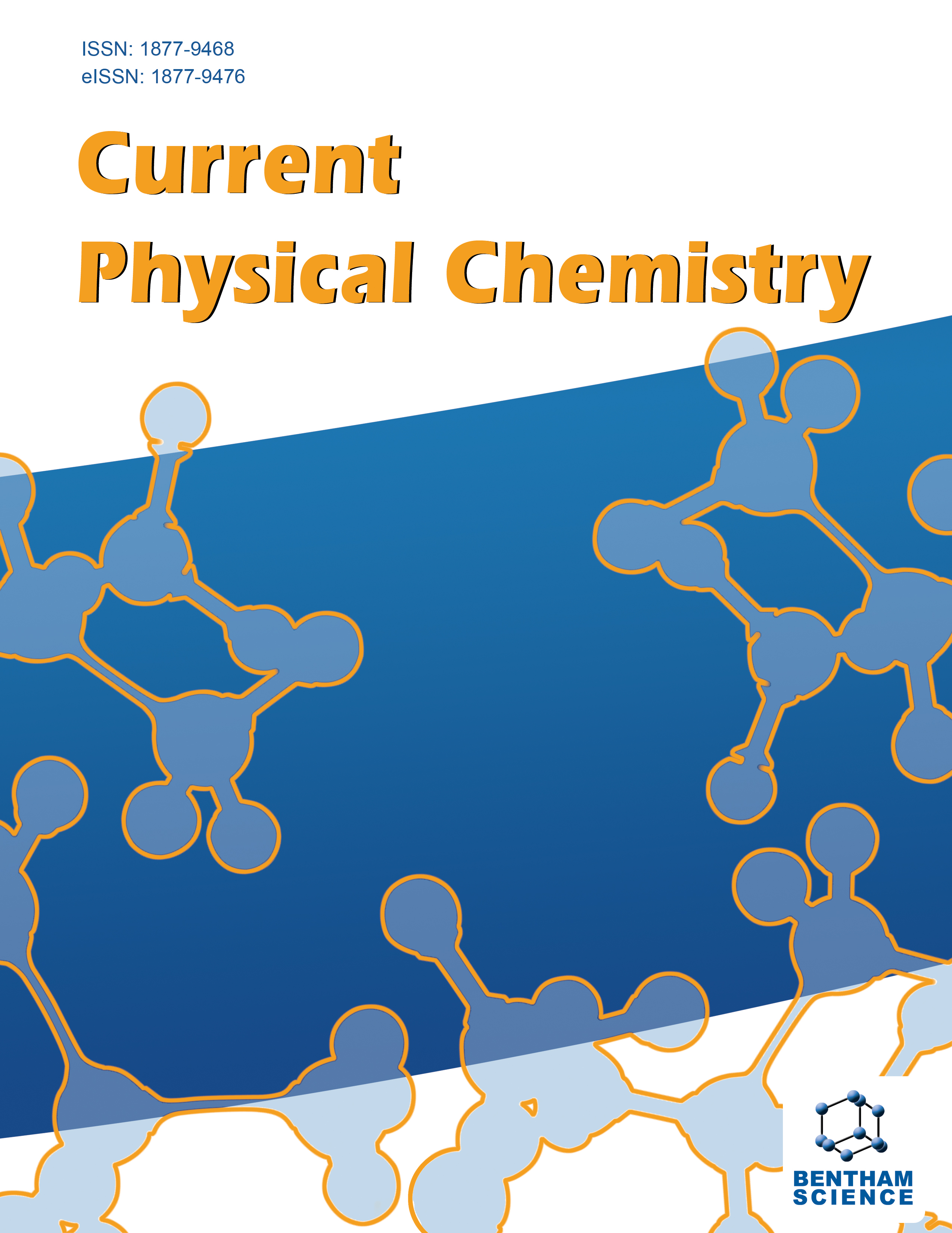-
s Simple Models of Charge-Transfer Reactivity
- Source: Current Physical Chemistry, Volume 12, Issue 1, Mar 2022, p. 11 - 23
-
- 01 Mar 2022
Abstract
Finite-difference expressions for the chemical potential (negative electronegativity) and hardness (inverse softness) descriptors of molecular and donor-acceptor systems are summarized and chemically “biased” (informed) and “unbiased” (uninformed) estimates of charge-transfer (CT) descriptors in A(acid)-B(base) systems are reexamined. The former recognizes the chemical characteristics of reactants and the chemical-potential discontinuity, while in the latter no prior knowledge of such kind is used. The biased chemical potential and fragment hardness descriptors are interpreted in terms of the frontier-electron orbitals, and the equivalence of predictions in both treatments is demonstrated using the electronegativity- equalization principle. Two-state description of CT involves a statistical mixture of initial state |NCT = 0〉 = |A0, B0〉 of the polarized (mutually closed) reactants in R+ = (A+|B+), and one of admissible final states for the full electron transfer, |NCT| = 1, in the forward B0→A0 or reverse A0→B0 directions, leading to ion-pairs |B0→A0〉 = |NCT = 1〉 = |A−1, B+1〉 and |A0→B0〉 = |NCT = −1〉 = |A+1, B−1〉. Parabolic interpolation between energies of the integral-N states identifies the process activation and reaction energies predicts the equilibrium amount of CT and stabilization energy it generates.


